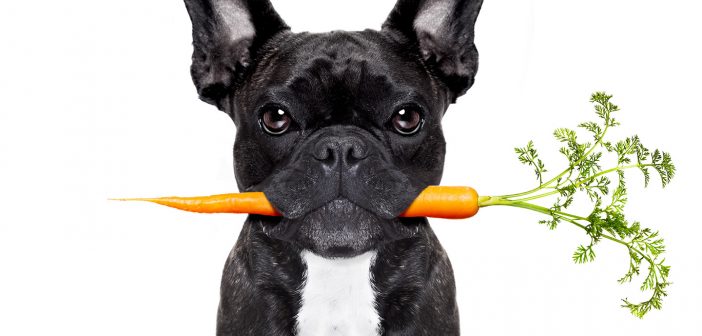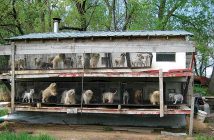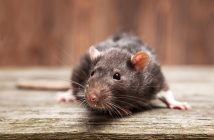by April A. Northstrom
Raw, whole food diets for dogs tend to raise some eyebrows among caregivers and professionals alike. The concept of raw feeding is based upon a dog’s instinctive carnivorous bias — a built-in desire to capture (or find) and eat another animal. Dogs are not genetically designed to consume the carbohydrate content of today’s commercial kibbles. Keeping dogs away from over-processed, feed-quality grains can improve their overall health. While the idea of a holistic diet for canines is growing in popularity, is it safe?
Raw food meal preparation is not as easy as pouring a dry mix into a bowl or dishing out food from a can. It requires dog owners to do some research about what diet might be best for their furry friend. According to research done by WebMD, the cost of a raw dog food diet varies with the ingredients used and how it is prepared. For a 30-pound dog, a one-day supply of one variety of a frozen, commercially available raw chicken diet costs about $2.50; others may range up to $5 a day. A super-premium, commercial dry dog food costs about $1. Your local butcher is a great resource for meat recommendations.
Raw food diets for dogs put a particular focus on meats, bones, and vegetables as a way to meet the animal’s nutritional needs. Many pet owners want to avoid big commercial brands because of the uncertainty of their actual ingredients. Enzymes found in fresh, raw foods play an important role in digestion and support your pet’s overall well-being. The financial cost of a raw food diet can be similar to well-known brands — it just takes a little more planning to prepare a meal. There are several hybrid versions of raw food for dogs that make it easy to create a delicious and nutritious meal multiple times a day. Dehydrated, fresh-frozen, or raw fresh are all meal options incorporating holistic diet concepts for dogs.
What is in Raw Food Meals?
• Muscle meat, often still on the bone
• Bones, either whole or ground
• Organ meats, such as livers and kidneys
• Raw eggs
• Vegetables like carrots, spinach, and squash
• Apples or other fruit
• Some dairy, such as Greek yogurt on occasion
Benefits of Raw Food Diets
• Shinier coats
• Healthier skin
• Reduced allergy symptoms
• Cleaner teeth
• Higher energy levels
• Smaller stools
There are potential risks to a raw meal plan, including the threat of bacteria from the meat and raw eggs. If dogs are given whole, cooked bones, they may also break teeth or cause internal injuries. Finally, there is the concern that an unbalanced diet may damage the health of dogs if given for an extended period.
Foods Dogs Should Never Eat
• Avocado
• Grapes
• Alcohol
• Onions & garlic
• Chocolate, coffee and caffeine
• Citrus
• Nuts
• Salt and salty snack foods
• NEVER feed cooked bones of any type
Be mindful when choosing a new raw food diet for your dog. Consult your veterinarian, especially if your dog has ongoing health issues or dietary restrictions. It’s also important to do your research about what type of meal plan will work for you and your family. Hybrid or dehydrated meals may work well for busy families and more traditional raw meals are ideal for active or aging dogs who need special care given to their nutritional intake.
Pay attention when serving raw meat to older or sick dogs, as their systems may not be able to handle it. Always take special care to use quality products and meats in your meals. Bacteria, including salmonella and E.coli are a concern when using raw meats and eggs — especially for humans who prepare the food.
The majority of dogs who consume a raw meal diet benefit greatly. If your dog has been struggling with dry kibble or has health issues, this type of diet is worth exploring. To find a holistic veterinarian in your area call the American Holistic Veterinary Medical Association
at (410) 569-0795.




